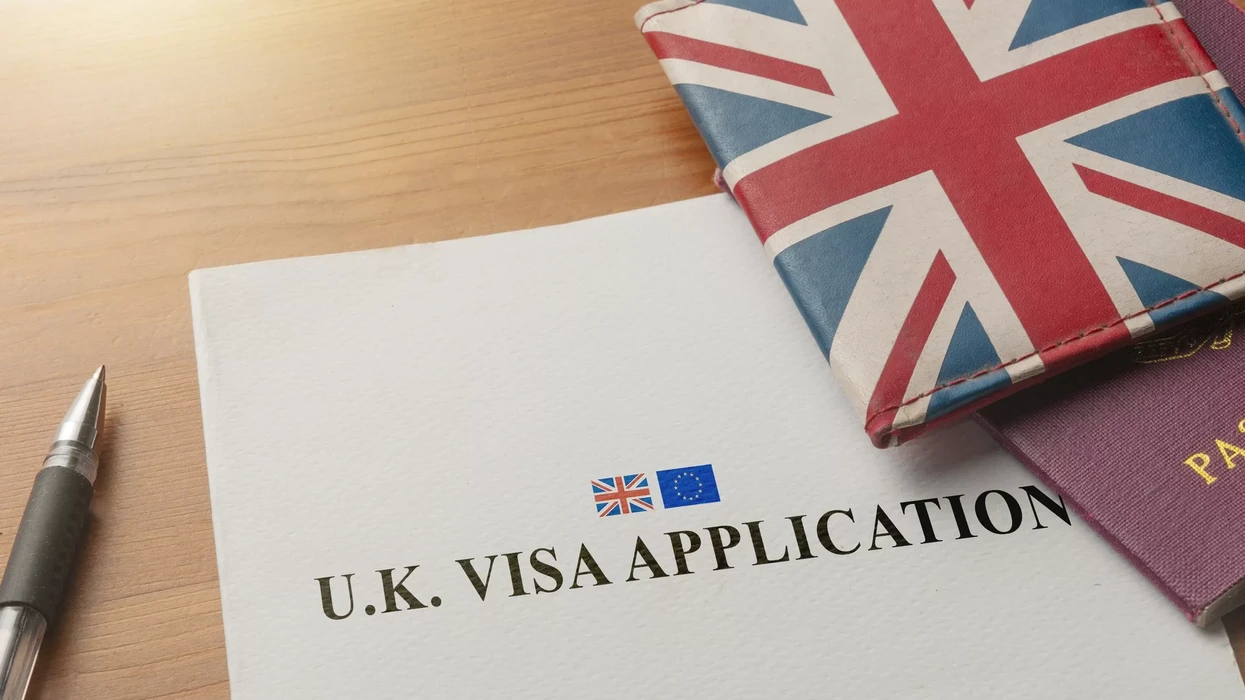Professor Jaspal Kooner, one of Britain’s most eminent cardiologists, has some practical health advice for Asians while he searches for almost the holy grail of medicine – why they are extremely vulnerable to heart attacks and diabetes.
It’s not that great an idea to consume too much mithai over Diwali, for example.
But Kooner, who is speaking at Hammersmith Hospital, where he has saved thousands of lives, does not want to be too strict a headmaster.
“Diwali sweets are probably less of an issue because obviously they are eaten only during celebrations – it’s not a daily thing,” he says.
It’s just as well he hasn’t seen the daily queues outside Royal Sweet in Balham in south London.
He says: “The biggest issue, the largest gain with diet amongst South Asians, is to be able to reduce starch and sugar. There are two things.
“Sugar is in sugar. Starch is in bread, rice, pasta, potatoes, chocolates, biscuits, cakes, pastries, chapatis.”
He recommends leafy vegetables and salads: “For Asians, including those who are vegetarian, much of their staple diet tends to be focused on refined carbohydrates and less on proteins. The carbohydrate which comes from chapatis or bread is a type which converts into sugar very quickly. The carbohydrate which comes from leafy vegetables is a different kind. That’s a complex carbohydrate. The body has a lot of difficulty converting that into sugar. Ordinary vegetables will contain a good number of unrefined starches.”
Jaspal also offers some wise words on how the food is prepared: “We tend to fry things. And that has two bad effects. Firstly, it’s the saturated fat itself. Secondly, when you overheat fat, you generate even more lethal fats, which are amongst the drivers for heart disease. So increasingly people are getting away from deep frying, and are looking at steaming, grilling and stir frying.
“Funnily enough, the traditional Indian diet, which includes vegetables which perhaps are not overcooked as well as lentils, is considered to be healthier than the European diet, which can sometimes be very high in animal protein.”
He talks about what it means to be Asian from the health point of view: “As far as our research is concerned, it’s centred around two large questions which affect the South Asian population worldwide – that’s a quarter of the world’s population.
“And the facts are that people of South Asian descent, whether they come from India or Pakistan or Bangladesh or Sri Lanka, have almost a two-fold higher risk of heart disease than Europeans. And the same population has a three-fold higher risk of diabetes than Europeans.
“So the obvious question is, why?”
He goes on: “We’ve put together a project study called a South Asia biobank, which now has nearly 100,000 South Asians in this country of Indian, Pakistani, Bangladeshi and Sri Lankan descent. And we assembled baseline data when we enrolled them into the study.
“We follow their health over a period of years to see which of the people develop heart disease and diabetes and who don’t. Of course, there are multiple risk factors which are causing these diseases. And because you are looking at the events as they are rising, and you’re able to compare that with what the risk factors were at baseline and how they’re evolving, you can get much closer to establishing a cause and effect relationship.”
He says: “When the missing link is discovered, there will be hopefully new treatments. So lifestyle changes are important, but the key thing is to maintain what we call optimal control of these risk factors.
“What we need to do, as a matter of principle, is to say, ‘We are Asian, and we are twice or three times the risk as Europeans.’
“That means that we can’t get away with just normal blood pressure, normal sugar, normal cholesterol, normal this, normal that. We need to drive these risk factors into a much, much lower range so their effects are minimised.”
He discusses high blood pressure which can be a factor in heart attacks.
“An ideal blood pressure should be 110/70. Traditionally, people have not treated blood pressure. Or people have assumed blood pressure of 140/90 is normal. Perhaps you don’t treat 140/90. But the difference between 110/70 and 140/90 is a two-fold higher risk of heart attack and stroke.
“So you know there’s no point in being at 140/90 when you can be at 110/70 and halve your risk by just treating blood pressure. That’s got nothing to do with whether you’re Asian or European.
“But obviously, Asians could say, ‘Look, we know we are susceptible. We don’t know why we are susceptible, but let’s deal with the things that we can deal with and deal with them really well.’ That would be a very effective way of reducing risk.”
Kooner has dedicated his life to this research. He was born in Kenya, came to Britain aged 12 in 1968, went into medicine, and was named “Doctor of the Year” across the NHS in 2004. More than a decade ago, he estimated he had done over 20,000 heart operations and trained 200 cardiologists.
The figures on Asian disease are stark: “There are 100 million Asian diabetics worldwide, and there are nearly 10 million people dying from heart disease in Asia alone. What is driving higher rates of heart disease and diabetes in Asians compared to Europeans? It’s the understanding of this gap that our research is focused on, and traditionally in science the best way to answer these questions in large populations like South Asians is what we call a longitudinal study.”
He explains: “Modern technologies now allow us to get a lot of detail about which genetic risk factors may be responsible, which metabolites may be responsible, which proteins may be responsible, and which inflammatory markers may be responsible. Rather than just being cholesterol, you are collecting something like 10 million plus data points per person. And when you’ve got those 10 million plus data points per person in a very large population, you can then begin to see where the differences may lie. So that’s what the research is currently geared up towards. And it’s going to take some years before we get to the answers.”
He hopes the government, Asian entrepreneurs and others will recognise that Asian lives do matter and help with the funding for Kooner’s research.
“The great limiting step now is not population, because we’ve done the hard work of 20 years of collection of data, the great limiting step now is getting the funding organised and assembled. The South Asia biobank has been generously funded with £5m from the Wellcome Trust. Our funding has to be renewed by the end of this year. We’d looking at putting together at least £20m to £50m to be able to start to answer these questions.”













